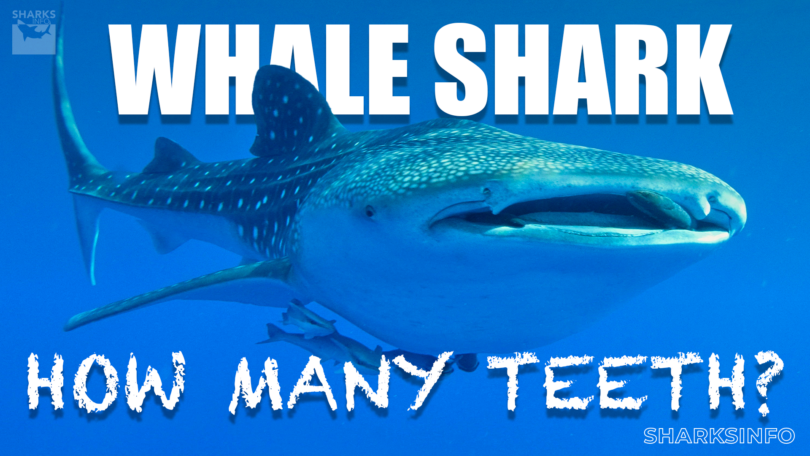Slow moving and calm, easy to recognize by the mesmerizing array of white spots on its body, and it’s white flat head, the Whale shark (Rhincodon typus) is the secretive ocean wanderer. The Whale Sharks are the largest living shark species as well as the largest fish of any kind in the world. They are always loved by swimmers because of their docile nature. The name of the Whale Sharks came from the fact that these species are as big as a whale and are filter feeders like the large humpback whale. They have gills and can breathe underwater which makes them the true shark.

The Whale Sharks have an average length of 14m or 41 feet with a weight of 12 tons. How do these giant creatures get enough food to survive? Do they get the proper nutrients for their bodies without using their teeth? To thrive in the tropical and temperate seas, they must continuously feed the plankton in large quantities through the filters present in their mouth and must travel distances to get enough food to sustain their size.
Quick Outline
- How Many Teeth Do Whale Sharks Have?
- What Type of Teeth Do Whale Sharks Have?
- How Long are Whale Shark Teeth?
- Why Don’t Whale Sharks Use Their Teeth?
- Final Thoughts
How Many Teeth Do Whale Sharks Have?
The Whale Sharks are one of the three filter-feeding species, others are Basking Shark and Megamouth. They have 3000 small teeth aligned in 300 rows in both jaws. These teeth are so small that you cannot even see them. They do not need the teeth for their diet because they eat plankton and other small fish or eggs of species. The Whale Sharks open their mouth wide to filter the water to get the nutrients needed to power the bodies of these giant creatures.

What Type of Teeth Do Whale Sharks Have?
Each shark species has a different type of teeth. The teeth of sharks are classified into four main types: dense-flattened teeth, needle-like teeth, pointed lower and triangular upper teeth, and non-functional teeth. The biggest shark on earth, the Whale Sharks has a hundred of the tiniest non-functional teeth. But over millions of years, these teeth lost their initial function of cutting and splashing meat and remain only as a link to the evolutionary past of sharks. Their teeth are known as Vestigial structures; the organs or structures that exist as the remnants of the past.
How Long are Whale Shark Teeth?
On average, the size of a shark’s tooth is 0.5 to 2 inches long. However, the size of shark teeth varies based on what they eat for their survival. Although Whale Sharks are giant species and the largest fish living in the ocean, the tooth size of these species is very small, approximately less than 6mm.
Why Don’t Whale Sharks Use Their Teeth?
The Whale Sharks have evolved as the filter feeder species so they do not need sharp teeth to attack and consume their prey. They feed on plankton and millions of microscopic organisms which prefer water for living. The Whale Sharks have unique 20 filter pads around their mouth, which is in front of their head, not at the underside like other shark species. The Whale Sharks swim while keeping their mouth open almost 5 feet wide and allow a large amount of water to pass through their mouth. The filter pads act as strainers; which allows the water to go through while capturing the food matter such as algae, plankton, and small organisms in the mouths of sharks. When more water enters into the mouth of Whale Sharks it pushes the stuck material to the stomach all while taking the minimum use of their teeth.
Final Thoughts
Whale Sharks are giant creatures living in the ocean. It is the largest known shark species and the biggest fish of any kind living in the oceans. Whale Sharks have 3000 tiny non-functional teeth, but these teeth are so small that they do not use them for consuming their prey. They prey on plankton, fish eggs, and small fish which live in the sea. The Whale Sharks are known as filter-feeder species as they use the gill rakers to strain the water in their mouth.
The Whale Sharks are docile species and they pose no threats to humans and allow divers to swim alongside them. Despite their services to the surrounding area, the Whale Sharks are on the red list of endangered species and their population is continuously decreasing. The main reason is that the humans hunt them for their fins.







